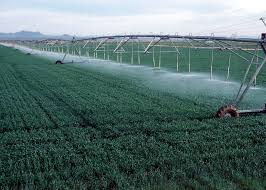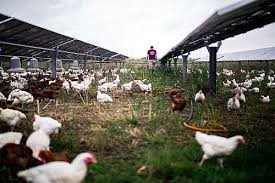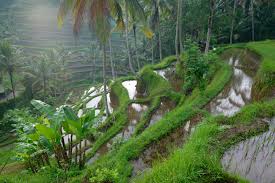In addition to the classification outlined in Module 2, Article 1, Environmental Impact Assessment (EIA) can be categorized based on the systematic analysis of environmental parameters, geographical regions, carrying capacity limitations, and sectoral planning.
These categories include project-level EIA, strategic EIA, regional EIA, sectoral EIA, and life-cycle assessment. This section will focus on regional EIA, sectoral EIA, and life-cycle assessment, particularly in the context of agriculture.
Regional Environmental Impact Assessment (EIA) in Agricultural Planning
Regional EIA, in the context of agricultural and regional planning, integrates environmental considerations into development strategies for specific geographical regions, typically at the sub-national level.
This method is known as economic-cum-environmental (EcE) development planning. It aims to balance economic growth with the management of renewable natural resources, ensuring that development remains sustainable within the region’s carrying capacity.
Sustainable development in agriculture is about meeting the present agricultural needs without compromising future generations’ ability to meet theirs.
Regional EIA addresses broader environmental impacts that project-level EIA may overlook, allowing for the cumulative assessment of agricultural projects’ effects on a regional scale. This ensures a more comprehensive evaluation of how regional agricultural initiatives affect natural resources and ecosystems.
Read Also: Black Cat Breeds Description and Complete Care Guide
Sectoral Environmental Impact Assessment (EIA) in Agricultural Development

Sectoral EIA focuses on specific environmental challenges associated with agricultural sectoral development plans. It helps address environmental concerns during the planning and implementation stages of agricultural projects within a particular sector.
Unlike project-level EIAs, which have a narrow focus, sectoral EIAs allow for a broader evaluation of sector-wide environmental impacts. This approach ensures that environmental issues are considered across multiple agricultural projects, providing a more holistic view.
By conducting sectoral EIAs, agricultural planners can better identify and address sector-specific environmental issues, such as soil degradation, water usage, or deforestation, which are common in agricultural practices.
This method also ensures that the scope of project-level EIAs remains focused, as larger sectoral environmental challenges are addressed at the sectoral level.
Read Also: Abyssinian Cat (Felis catus) Description and Complete Care Guide
Life Cycle Assessment (LCA) in Agricultural Production

Life Cycle Assessment (LCA) is a broader approach used to evaluate the environmental impacts associated with agricultural production processes. This method recognizes that environmental concerns arise at every stage of a product’s life cycle, from design and development to production, packaging, distribution, usage, and disposal.
In agriculture, LCA assesses the environmental footprint of agricultural products across their entire lifecycle, aiming to minimize impacts at each stage.
The goal of LCA in agriculture is to reduce the environmental costs associated with the entire product system. By identifying opportunities for reducing emissions, resource usage, and waste, agricultural firms can implement more sustainable practices.
This concept has led to the popular environmental slogan “reduce, reuse, and recycle,” which promotes sustainable practices in reducing environmental pollution.
From the descriptions in this article, it is evident that EIA should be integrated at all levels strategic, regional, sectoral, and project-level. While strategic EIA involves structural changes, sectoral and regional EIAs focus on broader information processing and complex environmental assessments that address multiple agricultural projects and their collective impact.
Frequently Asked Questions
We will update this section soon.

